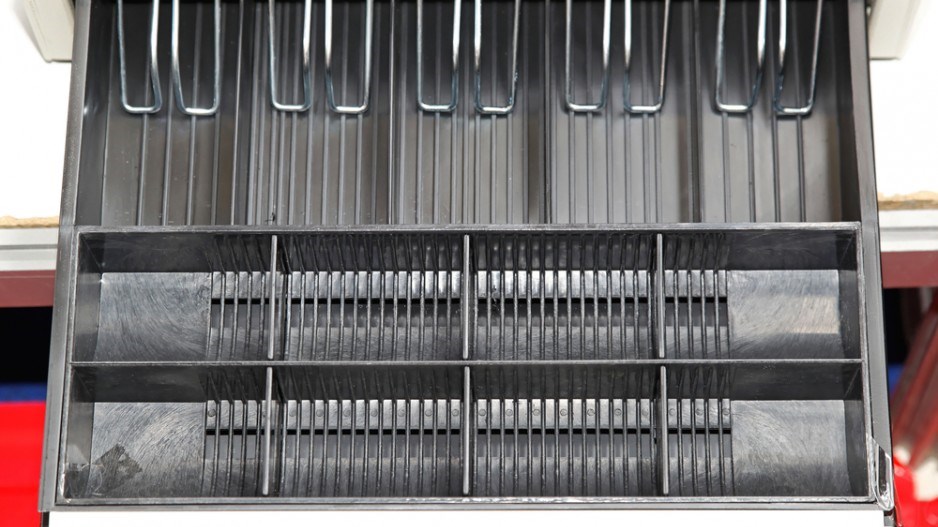A weekend in the important back-to-school season was a writeoff for many businesses, as much of Metro Vancouver lost power from the biggest windstorm since December 2006.
“It’s probably a really good wake-up call to what’s around the corner; it all caught us by surprise,” said Ian Tostenson, CEO of the BC Restaurant and Food Services Association (BCRFA), referring to the potential for a substantial earthquake in the region.
The cost of lost business from power outages can vary widely.
The Electric Power Research Institute pegged the average cost of a one-hour outage in 2001 for manufacturing and digital economy companies at $7,795 per firm.
According to a 2012 Congressional Research Service report, “power outages can impact businesses (primarily through lost orders and damage to perishable goods and inventories) and manufacturers (mainly through downtime and lost production, or equipment damage).”
Recommendations to utilities included improved tree-trimming schedules and under-grounding distribution lines, but the report said potential solutions with high costs “must be balanced against the perceived benefits.”
Associate professor Mahesh Nagarajan of the University of British Columbia’s Sauder School of Business said businesses should be appropriately insured and adhere to common sense, but need not go overboard.
“First you need to be very careful worrying about this,” Nagarajan said. “These events don’t happen very often; we live in a place where power is fairly guaranteed, disruptions are not commonplace. You don’t have to rush to go to do something and spend lots of money protecting yourself.”
Tostenson said fast-food outlets that were able to remain open following the heavy winds on August 29 that uprooted trees and downed power lines had mammoth lineups on August 30, as hungry customers left their blacked-out homes and waited more than an hour for breakfast.
Bigger businesses that could afford backup generators or rush deliveries to cold storage were better positioned. Tostenson said Revolution, BCRFA’s waste-food diversion program partner, reported losses ranging between $300 and $3,000 at member restaurants, mainly in Burnaby, Surrey and Richmond.
“It wasn’t devastating, and no one’s going over the edge over it, but I’m sure it’s putting a lot of hardship on some people,” Tostenson said.
Major grocery chains declined to comment on losses in dollars or tonnes of spoiled food. The Real Canadian Superstore and gas bar in North Vancouver was among 20 Loblaw outlets that suffered outages lasting from a half-day to three days.
On August 30, a lone staff member held a makeshift “Closed – No Power” sign to alert would-be customers, who made U-turns to shop elsewhere.
Vice-president Kevin Groh said, “In all cases, temperatures were monitored diligently and products disposed that posed any health or quality concerns.”
Thrifty Foods spokeswoman Erin Coulson said its North Vancouver, Coquitlam, Port Moody and Maple Ridge stores suffered power outages, but losses were minimal.
Chevron Canada’s Burnaby refinery, which processes up to 57,000 barrels a day of gasoline, diesel and other products, lost power, and 54 of its retail locations were closed for varying periods of time.
The last one without lights was back in business by 6 p.m. on August 31, said spokesman Adrien Byrne. The refinery returned to service by mid-week. •




